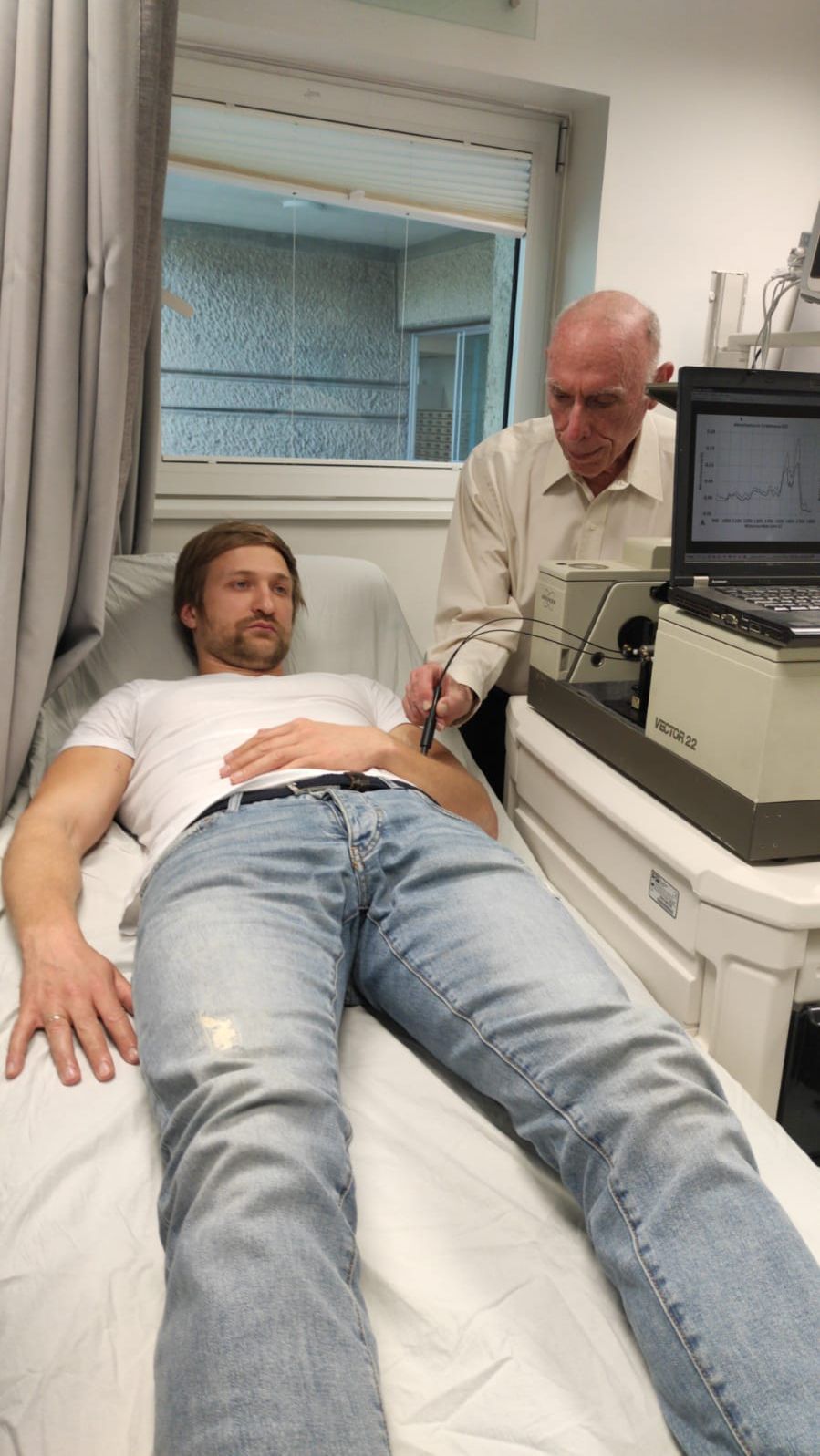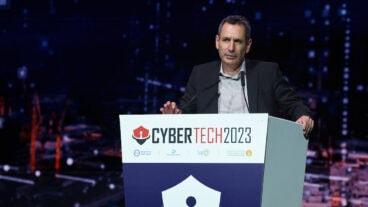An innovative optical technology that can instantly and non-invasively detect and distinguish between different types of skin cancer has been developed by an Israeli scientist at Tel Aviv University.
The new method created by Professor Abraham Katzir at the Raymond and Beverly Sackler Faculty of Exact Sciences, employs infrared sensors and optical fibers in order to determine the properties of various lesions on the skin, and to successfully identify them based on their coloration within the infrared spectrum.
“We figured that with the help of devices that can identify these ’colors’, healthy skin and each of the benign and malignant lesions would have different ’colors’ which would enable us to identify melanoma,” says Katzir.

Currently, between 2 to 3 million non-melanoma skin cancers and 132,000 melanoma skin cancers occur globally each year. One in every three cancers diagnosed is a skin cancer and, according to Skin Cancer Foundation Statistics, one in every five Americans will develop skin cancer by the age of 70.
Early diagnosis is vital. If a skin cancer is found early, the five year survival rate for melanoma is 99 percent.
This new detection method has been successfully tested on 100 patients at a major Israeli hospital, with the study being published in the International Journal of Medical Physics Research and Practice. Following the success of the initial trial, Katzir and his team plan to confirm the evaluation method on hundreds more patients.
One of the reasons this new technology is potentially revolutionary is that it gives dermatologists the means to visually diagnose potentially life-threatening cases of skin cancer instantly and non-invasively without the need for a biopsy and further diagnosis by a pathologist. This will save doctors and patients valuable time that can be diverted to treatment.
“Melanoma is a life-threatening cancer, so it is very important to diagnose it early on, when it is still superficial,” said Katzir, adding that the new technology has the potential to cause “dramatic change” in the field of diagnosing and treating skin cancer, “and perhaps other types of cancer as well.”
While this new method has potential to be a real game changer, saving countless lives thanks to early detection, it is still very expensive. The real challenge, according to Katzir, will be to develop the technology to the point where it can be used in every hospital and clinic in the world.
















